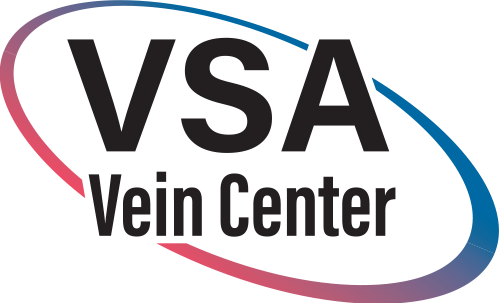SUPERFICIAL Venous Reflux
Superficial venous reflux is a condition that develops when the valves that usually keep blood flowing out of your legs become damaged or diseased. This causes blood to pool in your legs. Common symptoms of superficial venous reflux include pain, swelling, leg heaviness and fatigue, as well as varicose veins in your legs.
There are several treatment options for superficial venous reflux, including:
- Venefit Closure Procedure uses radio frequency energy delivered by a tiny catheter to seal the vein closed.
- VenaCure (EVLT) Closure Procedure uses targeted laser energy (at a higher temperature than radio frequency) to seal the vein shut.
- Ambulatory Phlebectomy is a method of surgical removal of the veins. This is not “stripping” of the veins. Tiny incisions are made and pieces of the bulging veins are removed. This is completed in our office using local anesthesia. Incisions are tiny (stitches are generally not necessary) and typically do not leave scars. Post-operative discomfort is minimal. After the vein has been removed by phlebectomy, a compression stocking is worn for a short period.
- Sclerotherapy, or vein injections, is a method using high concentration saline that is injected into each blood vessel. The solution irritates the lining of the vessel, causing it to swell, stick together, and the blood to clot. Over time, the body will absorb the treated vein. Mild discomfort may occur, and a cramping sensation may be felt for 1 to 2 minutes when larger veins are injected. The number of veins injected in one session is variable, depending on the size and location of the veins, and the patient’s overall medical condition. Anywhere from one to several sclerotherapy sessions may be needed for any vein region. Medically prescribed support hose and/or bandages may need to be worn for several days to several weeks to assist in resolution of the veins. In general, spider veins respond to treatment in 3 to 6 weeks, and larger veins respond in 3 to 4 months.
- Foam Sclerotherapy is a variation of established sclerotherapy utilizing a sclerosant solution that has been transformed into foam by being forcibly mixed with air. The foam causes inflammation of the vein wall, obliteration of the vein’s lumen and vein occlusion.
- Ligation or Stripping is a surgery that is generally not performed anymore. It is done under general anesthesia and involves making one or more incisions over the varicose veins and is tied off (ligated).




